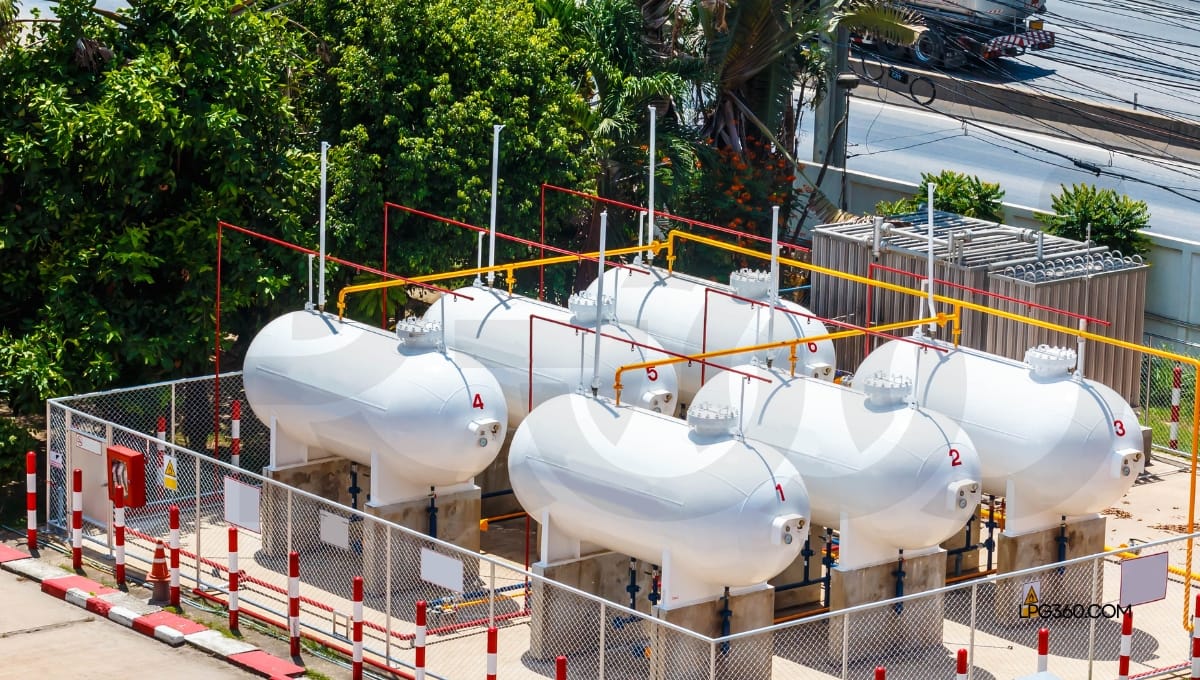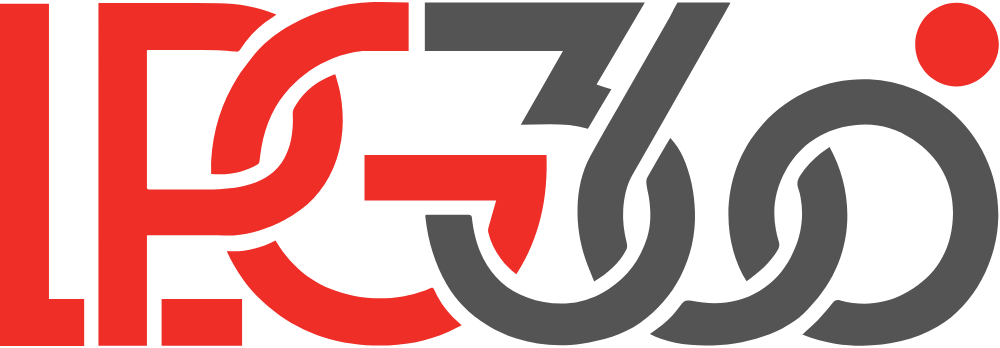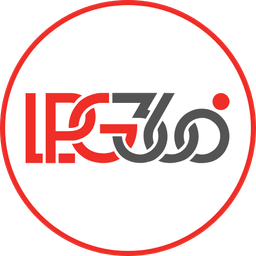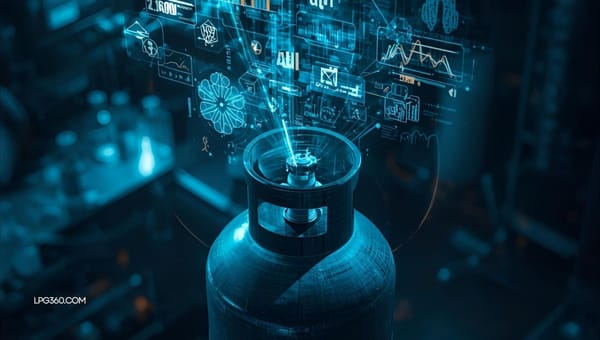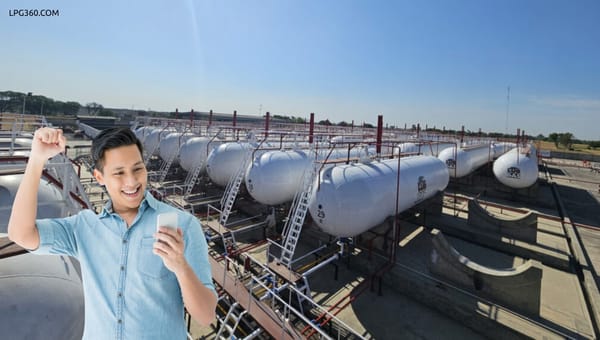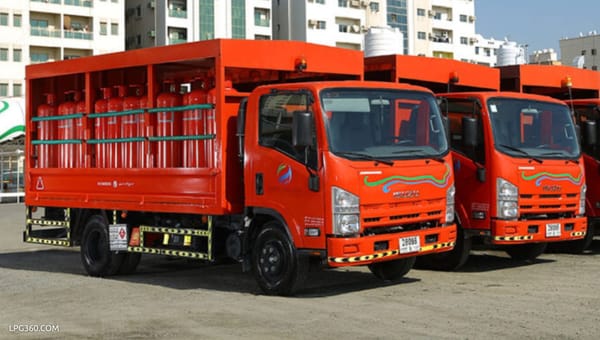LPG for Remote or Off-Grid Areas: Challenges and Solutions
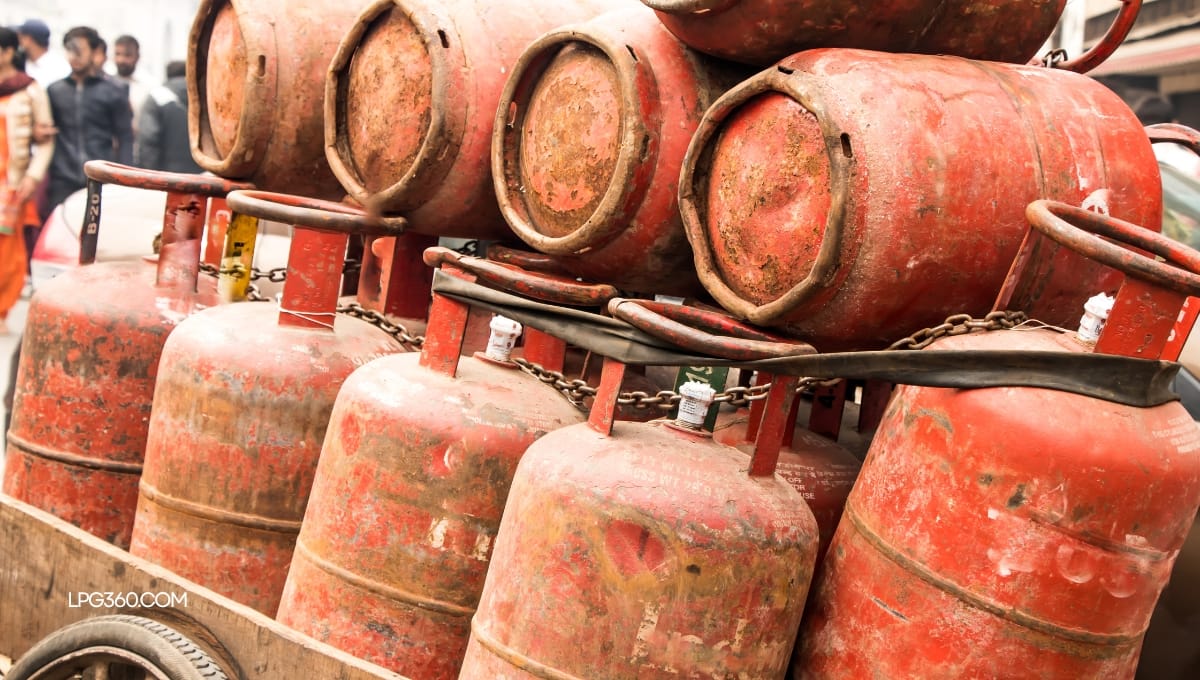
Access to clean energy is a major challenge for off-grid communities, especially in remote areas that rely on harmful traditional fuels like wood and charcoal for cooking and heating. These fuels are detrimental to both health and the environment. Liquefied Petroleum Gas (LPG) offers a safer, cleaner, and more efficient alternative for cooking, heating, and lighting.
In this blog, we discuss the challenges of delivering LPG to these areas and explore innovative solutions to make it a viable energy source for all.
Challenges in Remote LPG Access
- Poor Transportation Infrastructure
Transporting LPG to remote communities is one of the biggest obstacles. Poor road conditions, vast distances, and challenging terrains make it costly and difficult to deliver LPG cylinders regularly. These logistical issues contribute to delays and higher delivery costs, which can be unaffordable for many rural households. - Absence of Refilling Stations
A lack of local LPG refilling stations and storage facilities further exacerbates the problem. In remote areas, residents often need to travel long distances to refill their cylinders, which is not only inconvenient but also costly. This lack of infrastructure can disrupt regular access to LPG, making it difficult for households to depend on it as their primary energy source. - Low Awareness and Safety Concerns
In rural communities, there is often limited awareness about the benefits of LPG and how to use it safely. Many people continue to rely on traditional fuels out of habit or due to misconceptions about the safety and efficiency of LPG. Without proper education, people may fear using LPG, even though it is a much cleaner and safer option. - High Initial Costs
The upfront cost of setting up LPG systems, including purchasing cylinders, stoves, and regulators, can be prohibitively expensive for low-income families. For many remote households, this initial financial burden can make switching to LPG seem out of reach, even if it offers long-term cost savings and health benefits. - Unreliable Supply Chains
The supply of LPG to remote areas is often unreliable. Irregular deliveries, high prices, and stock shortages can cause disruptions. This unreliability may lead people to revert to traditional fuels, as they cannot depend on LPG as a consistent energy source.
Solutions for Improved LPG Access
- Mobile Distribution Models
Use delivery trucks, motorcycles with cylinder racks, and even drones to bring LPG to hard-to-reach areas. - Micro Bulk Storage and Mini Plants
Establish decentralized LPG mini plants or bulk storage units close to communities to improve access and reliability. - Community Awareness Campaigns
Conduct education and safety training sessions to promote LPG’s benefits and correct usage in local languages. - Affordable Pricing Mechanisms
Implement pay-as-you-go systems, government or NGO-led subsidies, and community financing models to reduce upfront costs. - Digital Inventory and Local Partnerships
Introduce tech-based tracking systems and work with trusted local vendors to ensure consistent supply and foster community trust.

Conclusion:
Overcoming the logistical, financial, and informational barriers to LPG access in remote areas is crucial for improving energy access in underserved regions. By implementing innovative solutions like mobile delivery, micro bulk storage, and affordable pricing models, LPG can become a key energy source for remote communities, helping to improve health, protect the environment, and support sustainable development.
Empower remote communities—promote LPG as the key to clean and accessible energy for all.
#LPG #LPG360 #OffGridEnergy #RuralLPG #LPGAccess #EnergyForAll #RemoteEnergySolutions #CleanCooking #LPGDistribution #AffordableEnergy #LPGInnovation #CommunityDevelopment #SustainableEnergy #EnergyAccess #EnergyForDevelopment #RenewableEnergy #LPGSupply #MobileLPGDelivery #MicroBulkLPG #LocalPartnerships #DigitalInventory #LPGInRuralAreas #AffordableEnergySolutions
